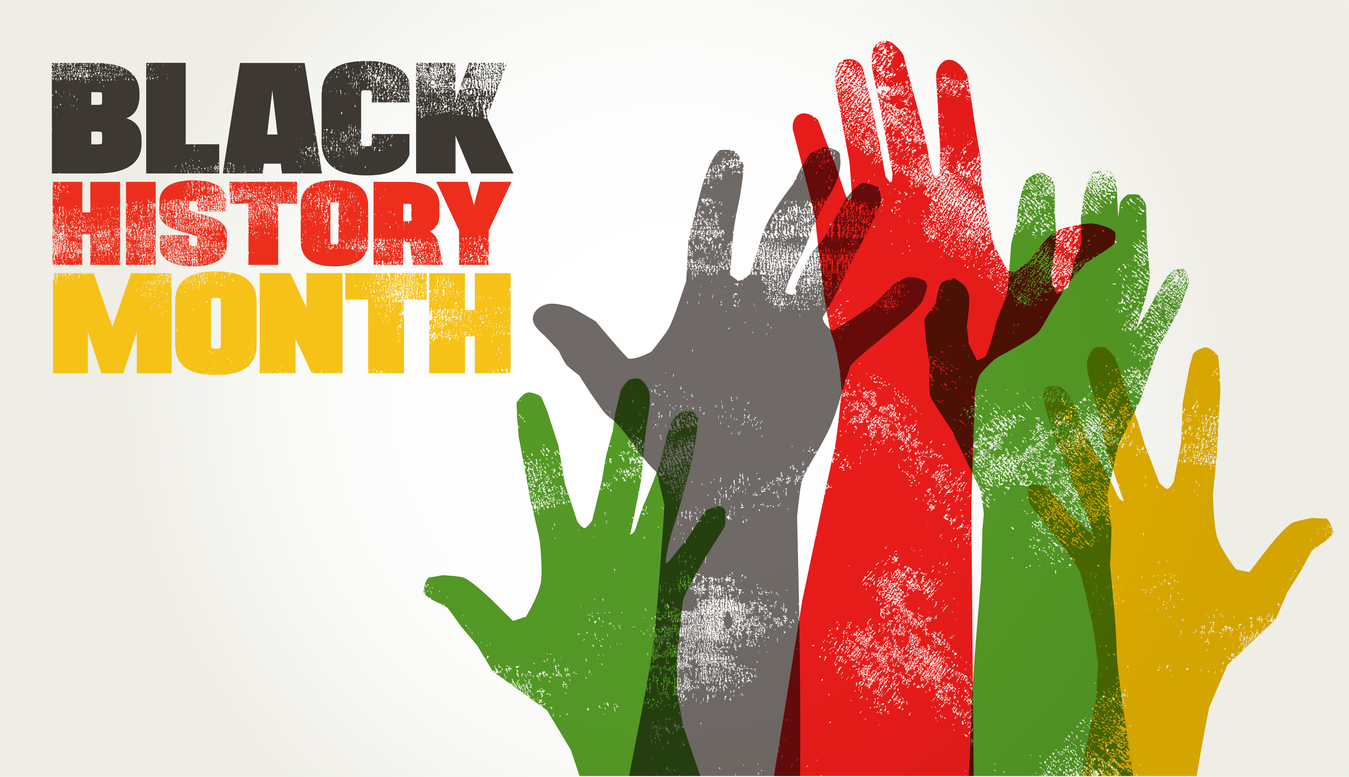January 29 2025
February 1 marks the start of Black History Month, a time to celebrate the achievements, innovations, and leadership of Black people. It’s also a time to acknowledge and examine the discrimination and racism that was, and continues to be, inflicted upon Black people. The National Union of Public and General Employees (NUPGE) is proud to take part in this month of reflection. Throughout February we will be highlighting important stories that reflect the history and future of Black history in our country.
Black History Month in Canada was introduced by Rosemary Sadlier, President of the Ontario Black History Society, who suggested it to celebrate Jean Augustine’s accomplishment of becoming the first Black Canadian woman elected to Parliament. Augustine was first elected in 1993.
Labour and Black workers’ rights
Labour hasn’t always fought for Black workers. Many of Canada’s earliest trade unions denied Black workers membership. The Order of Sleeping Car Porters, formed in 1917, was the first Black labour union in North America. It was formed by John Arthur Robinson, J.W. Barber, P. White and B.F. Jones due to a “whites only” clause that prevented them and other Black workers from joining the Canadian Brotherhood of Railroad Employees. Even as laws prohibiting discrimination came into effect—laws that had been fought for by Black activists and allies—and more Black workers became union members, anti-Black racism wasn’t a high priority for many unions.
The Ontario Coalition of Black Trade Unionists—now the Coalition of Black Trade Unionists (Ontario)—was formed by Black workers who had been advocating to put issues of racism and discrimination higher on labour’s agenda. They were instrumental in helping Herman Stewart become the first person of colour elected as a vice-president at the Ontario Federation of Labour in 1987. The coalition also ran a successful campaign to get the Canadian Labour Congress to add 2 seats for visible minorities to the board.
According to data from Statistics Canada, 33.6% of Black workers in Canada are covered by a collective agreement, compared to 32.6% of white workers. But Black workers are under-represented in union activities such as committees, convention, collective bargaining, and leadership. The labour movement should not ignore the ugly parts of its history. It should acknowledge this past and examine unions in their present state to see what can be done to remove further barriers to union participation for Black members.
Further reading
- Dear White Sisters and Brothers: A Letter from a Union Educator
- Black sleeping car porters: The struggle for Black labour rights on Canada’s railways
- It’s time to make reparations for the transatlantic slave trade
- Slavery was the ultimate labor distortion – empowering workers today would be a form of reparations
- Steal Away Home: Eddie Carvery’s protest and the value of Black life
- Make it a priority to do the right thing: An interview with Eddie Carvery
- The 1917 Halifax Explosion and Structural Anti-Blackness in Times of Crisis
- A troubling reality of the Halifax Explosion relief effort — racism
- Documentary shines light on historic Black neighbourhood in B.C.
- Reinforcing Black Canadian communities through housing transformation
- Black Class Action
- Coalition of Black Trade Unionists
- The Importance of Unions in Reducing Racial Inequality: New Data and Best Practices
- Reparations for Social Workers of African Descent: A Study with Recommendations
- PSAC – Black Class Action fights for certification
- PIPSC consults Black members in light of ongoing class-action lawsuit
- PIPSC – Black Class-Action Lawsuit: Town Hall Consultation Report

